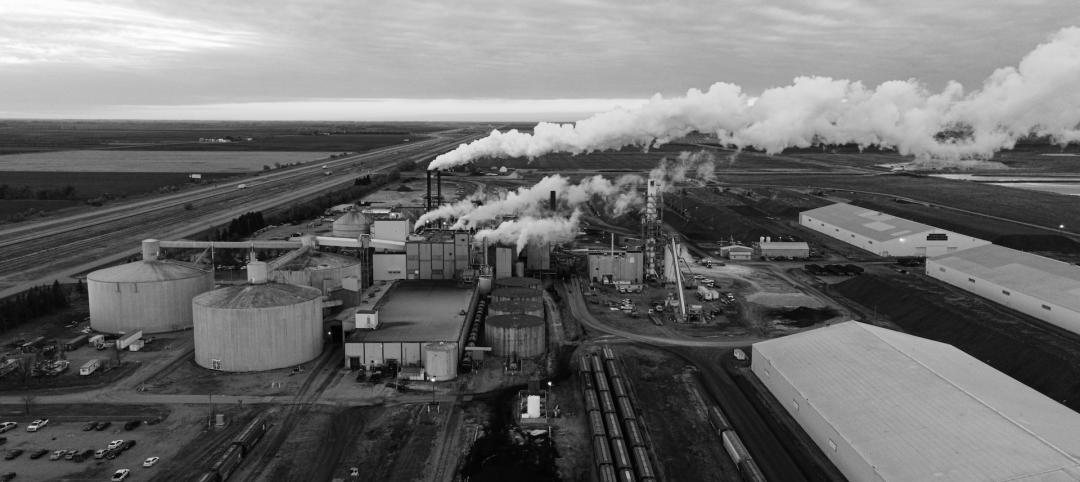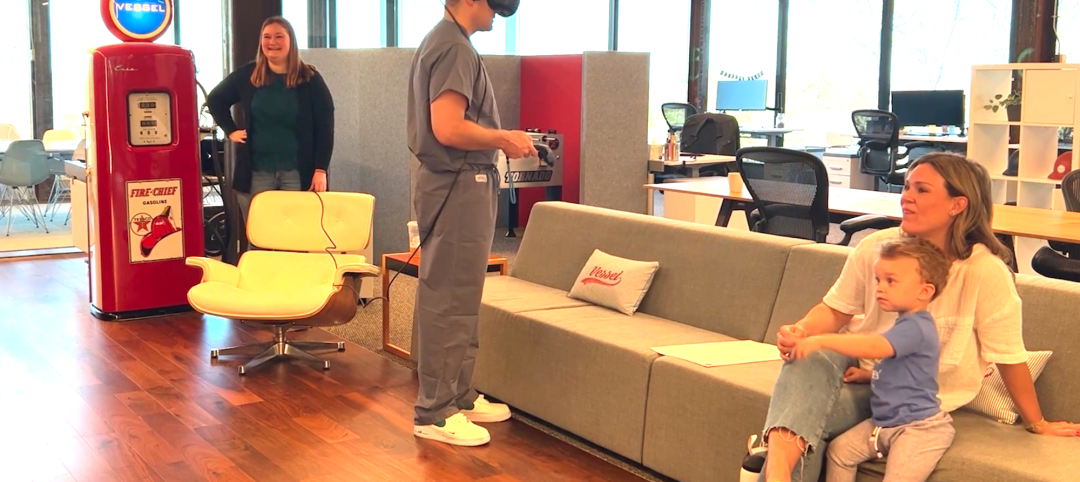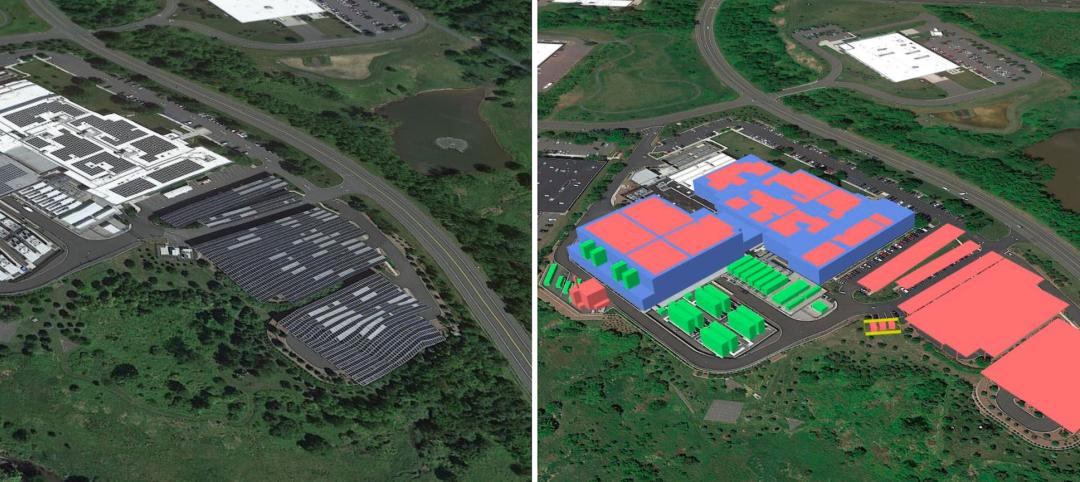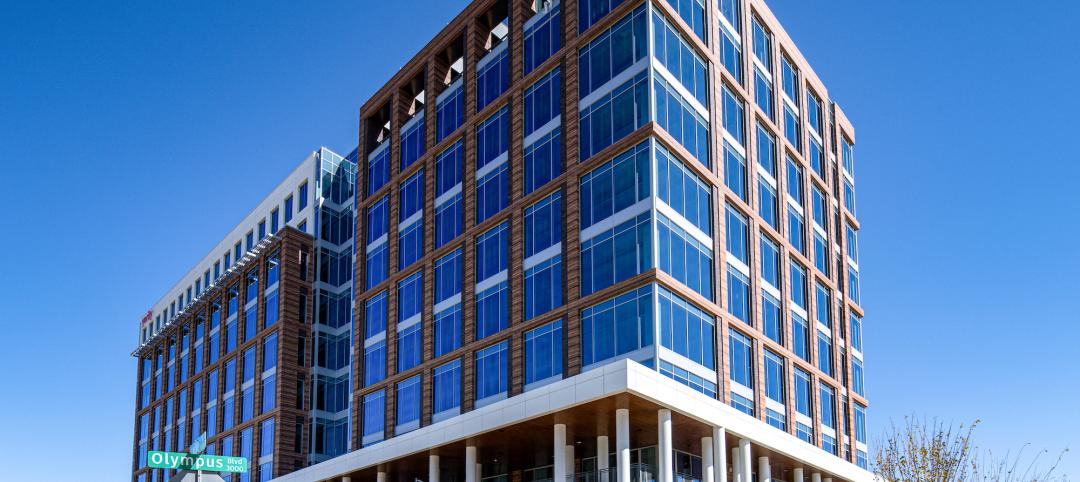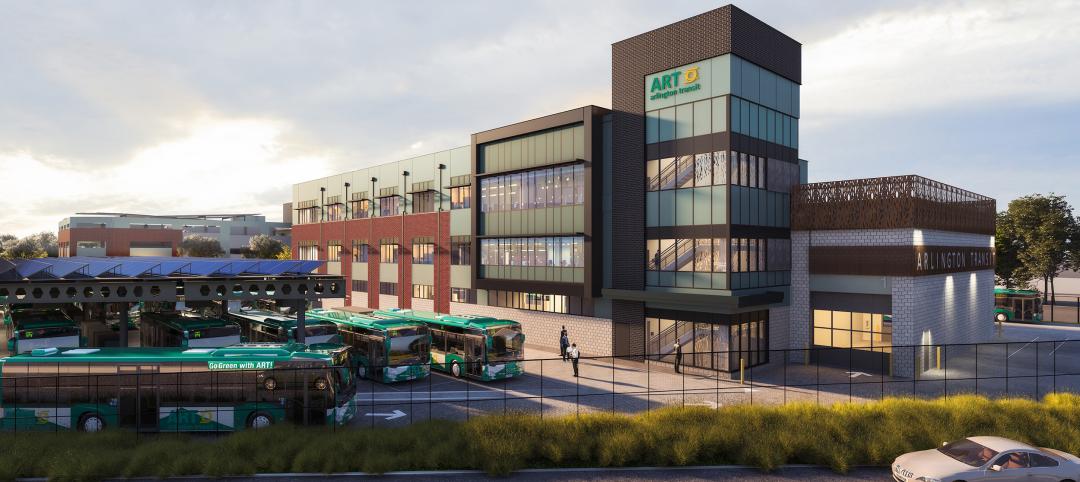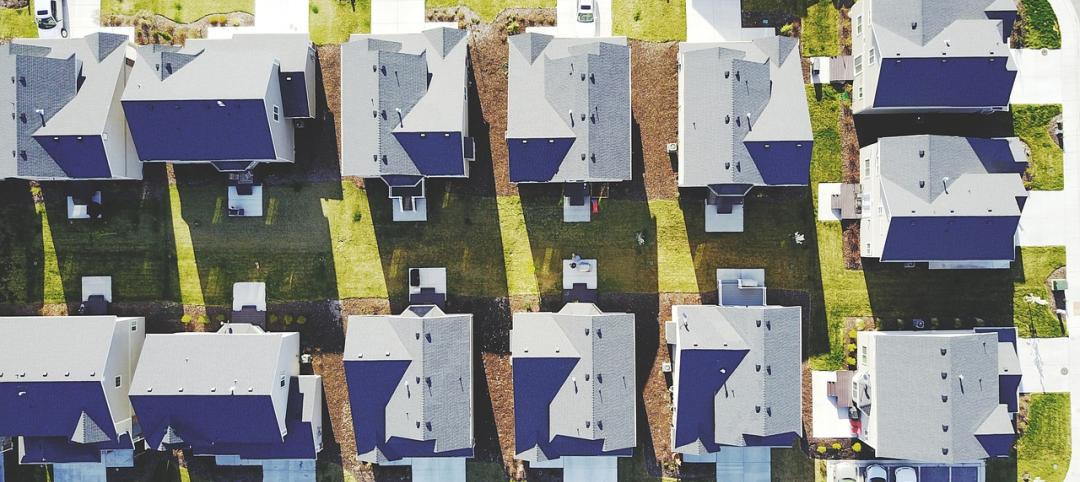On April 17, Michael F. Engestrom, Dann H. Hall, Michael A. West, Stephen A. Mahin, Wallace W. Sanders, Jr., Mark V. Holland, Steven C. Ball, Rafael Sabelli, Judy Liu and William J. Wright will be recognized by the American Institute of Steel Construction (AISC) for their exceptional contributions to the advancement of the structural steel design and construction industry.
Whether it's for an innovative design, an insightful technical paper or a lifetime of outstanding service, these individuals are honored for making a difference in the fabricated structural steel industry's success and will be presented with distinguished AISC awards at the 2013 NASCC: The Steel Conference, April 17-19, at America's Center Convention Complex in St. Louis. To register or view the advance program, visit www.aisc.org/nascc.
AISC's Lifetime Achievement Award gives special recognition to individuals who have provided outstanding service over a sustained period of years to AISC and the structural steel design/construction/academic community. This year's award recipients are:
Michael F. Engestrom, technical marketing director, Nucor-Yamato Steel, for his tireless efforts over more than four decades promoting the use of structural steel and for his support of AISC's technical and market development activities on both the mill and committee levels.
Dann H. Hall, principal, Bridge Software Development International, Ltd., for his leadership in developing software technology for the personal computer to bring the benefits of 3D Finite Element Analysis to the bridge design community. The use of this software has enabled a more complete understanding of horizontally curved and/or skewed steel-girder bridges and allowed for significant advancements in the design of these more complex bridge types. Much of his work has also been incorporated in various AASHTO bridge specifications over the past 20 years.
Michael A. West, P.E., AIA, principal, Computerized Structural Design, for his tireless contributions of knowledge, experience and wisdom to the design community and steel construction industry. He has served as a long-time member of both the AISC Committee on the Code of Standard Practice and the AISC Committee on Manuals, and he serves on Task Committee 13 Quality Control and Assurance of the AISC Committee on Specifications. He also chairs the AISC Committee on Certification Standards. Beyond his formal AISC Committee involvements, he has served as an envoy for AISC in activities with other organizations, including helping to maintain a steel perspective in the concrete document, ACI 117, for when the two materials meet.
Stephen A. Mahin, Ph.D., professor, University of California, Berkeley, for his major contributions to structural steel research throughout his career, including steel braced frames. He has been a leader in developing cooperative research activities through the Partnership for Advanced Steel Structures and the NSF U.S.-Japan Cooperative Earthquake Research Program using large-scale facilities for composite and hybrid structures. He has also served on various AISC Seismic Committees over the past two decades and is currently a corresponding member of the AISC Task Committee 9 – Seismic Design. In 2001, he received an AISC Special Achievement Award for his leadership on the FEMA/SAC initiative for reduction of earthquake hazards in steel moment frame structures.
Wallace W. Sanders, Jr., Ph.D., professor emeritus, Iowa State University, who has served as a passionate advocate for engineering education with an emphasis on steel bridge design during his 34 years on the faculty at Iowa State University. He has furthered the knowledge of steel construction through his involvement with the American Welding Society (AWS) and has contributed to AISC as a member of the Partners in Education Committee. He currently serves as a member and secretary of the AREMA Steel Bridge Committee. Sanders also contributed to the construction of the strong floor in the structural engineering laboratory at Iowa State University, which is named in honor of him and his wife Julia. His research has advanced the state-of-the-art in load distribution and strengthening for steel bridges as well as fatigue.
AISC's Special Achievement Award recognizes individuals who have demonstrated notable achievements in structural steel design, construction, research or education. It honors those who have made a positive and substantial impact on the structural steel design and construction industry. This year's award recipients are:
Mark V. Holland, P.E., chief engineer, Paxton & Vierling Steel Co., for his leadership in interoperability since the very beginning of AISC's effort in 1997. He has provided countless hours of volunteer work and leadership on CIS/2, EDI, and interoperability, and has brought attention to this crucial subject through his committee work and conference presentations. In addition, he and his firm have served as leaders in the practical implementation of BIM.
Steven C. Ball, S.E., vice president, John A. Martin & Associates, Inc., for his creative and bold structural engineering work in the application, testing and qualification of long-span steel Special Moment Frames with non-orthogonal connections in California for the Tom Bradley International Terminal (TBIT) Program at Los Angeles International Airport (LAX). The structural solution required Special Moment Frame geometry that had never been used before in the U.S. in a high seismic region. This type of creative and unconventional structural solution was required to achieve the unique architectural expression and large, open spaces central to this highly complex, sustainable building. His unwavering efforts pave the way for future testing for prequalified implementation of structural steel moment frame solutions for architecturally challenging projects.
Rafael Sabelli, S.E., principal and director of seismic design, Walter P Moore, for his contributions to the literature on seismic design of steel and composite structures, both as an author and as chair of the seismic subcommittee of the AISC Committee on Manuals. He has been involved in various textbooks on seismic steel design, design guides and the widely used AISC Seismic Design Manual.
Judy Liu, Ph.D., associate professor, Purdue University, for her contributions toward improving structural steel education in universities through her development and maintenance of web enhanced teaching, her contributions to the Partners in Education committee and through the Tip Sheet newsletter.
William J. Wright, Ph.D., P.E., associate professor, Virginia Tech, for his contributions in the areas of fatigue and fracture behavior of structural steel, curved girder bridges and forensic investigations. His research has significantly advanced the understanding associated with constraint induced fracture, fracture toughness properties of high performance steel and the identification and system performance of fracture critical steel bridge systems.
About the American Institute of Steel Construction
The American Institute of Steel Construction, headquartered in Chicago, is a not-for-profit technical institute and trade association established in 1921 to serve the structural steel design community and construction industry. AISC's mission is to make structural steel the material of choice by being the leader in structural steel-related technical and market-building activities, including: specification and code development, research, education, technical assistance, quality certification, standardization, and market development. AISC has a long tradition of service to the steel construction industry of providing timely and reliable information.
Related Stories
Sports and Recreational Facilities | Jun 22, 2023
NFL's Jacksonville Jaguars release conceptual designs for ‘stadium of the future’
Designed by HOK, the Stadium of the Future intends to meet the evolving needs of all stadium stakeholders—which include the Jaguars, the annual Florida-Georgia college football game, the TaxSlayer.com Gator Bowl, international sporting events, music festivals and tours, and the thousands of fans and guests who attend each event.
Industrial Facilities | Jun 20, 2023
A new study presses for measuring embodied carbon in industrial buildings
The embodied carbon (EC) intensity in core and shell industrial buildings in the U.S. averages 23.0 kilograms per sf, according to a recent analysis of 26 whole building life-cycle assessments. That means a 300,000-sf warehouse would emit 6,890 megatons of carbon over its lifespan, or the equivalent of the carbon emitted by 1,530 gas-powered cars driven for one year. Those sobering estimates come from a new benchmark study, “Embodied Carbon U.S. Industrial Real Estate.”
Virtual Reality | Jun 16, 2023
Can a VR-enabled AEC Firm transform building projects?
With the aid of virtual reality and 3D visualization technologies, designers, consultants, and their clients can envision a place as though the project were in a later stage.
Mechanical Systems | Jun 16, 2023
Cogeneration: An efficient, reliable, sustainable alternative to traditional power generation
Cogeneration is more efficient than traditional power generation, reduces carbon emissions, has high returns on the initial investment, improves reliability, and offers a platform for additional renewable resources and energy storage for a facility. But what is cogeneration? And is it suitable for all facilities?
Office Buildings | Jun 15, 2023
An office building near DFW Airport is now home to two Alphabet companies
A five-minute drive from the Dallas-Fort Worth International Airport, the recently built 2999 Olympus is now home to two Alphabet companies: Verily, a life sciences business, and Wing, a drone delivery company. Verily and Wing occupy the top floor (32,000 sf and 4,000 sf, respectively) of the 10-story building, located in the lakeside, work-life-play development of Cypress Waters.
Transit Facilities | Jun 15, 2023
Arlington, Va., transit station will support zero emissions bus fleet
Arlington (Va.) Transit’s new operations and maintenance facility will support a transition of their current bus fleet to Zero Emissions Buses (ZEBs). The facility will reflect a modern industrial design with operational layouts to embrace a functional aesthetic. Intuitive entry points and wayfinding will include biophilic accents.
Urban Planning | Jun 15, 2023
Arizona limits housing projects in Phoenix area over groundwater supply concerns
Arizona will no longer grant certifications for new residential developments in Phoenix, it’s largest city, due to concerns over groundwater supply. The announcement indicates that the Phoenix area, currently the nation’s fastest-growing region in terms of population growth, will not be able to sustain its rapid growth because of limited freshwater resources.
Multifamily Housing | Jun 15, 2023
Alliance of Pittsburgh building owners slashes carbon emissions by 45%
The Pittsburgh 2030 District, an alliance of property owners in the Pittsburgh area, says that it has reduced carbon emissions by 44.8% below baseline. Begun in 2012 under the guidance of the Green Building Alliance (GBA), the Pittsburgh 2030 District encompasses more than 86 million sf of space within 556 buildings.
Industry Research | Jun 15, 2023
Exurbs and emerging suburbs having fastest population growth, says Cushman & Wakefield
Recently released county and metro-level population growth data by the U.S. Census Bureau shows that the fastest growing areas are found in exurbs and emerging suburbs.
Engineers | Jun 14, 2023
The high cost of low maintenance
Walter P Moore’s Javier Balma, PhD, PE, SE, and Webb Wright, PE, identify the primary causes of engineering failures, define proactive versus reactive maintenance, recognize the reasons for deferred maintenance, and identify the financial and safety risks related to deferred maintenance.




